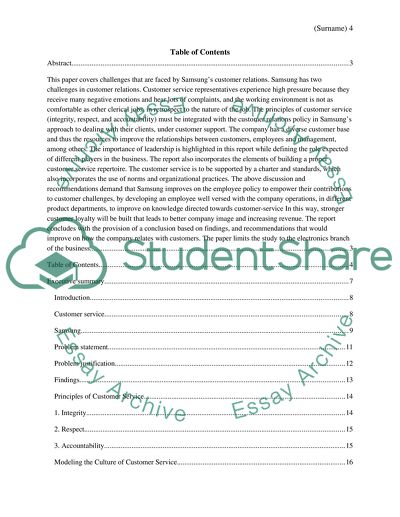Cite this document
(“Formal report Essay Example | Topics and Well Written Essays - 3500 words”, n.d.)
Formal report Essay Example | Topics and Well Written Essays - 3500 words. Retrieved from https://studentshare.org/english/1668854-formal-report
Formal report Essay Example | Topics and Well Written Essays - 3500 words. Retrieved from https://studentshare.org/english/1668854-formal-report
(Formal Report Essay Example | Topics and Well Written Essays - 3500 Words)
Formal Report Essay Example | Topics and Well Written Essays - 3500 Words. https://studentshare.org/english/1668854-formal-report.
Formal Report Essay Example | Topics and Well Written Essays - 3500 Words. https://studentshare.org/english/1668854-formal-report.
“Formal Report Essay Example | Topics and Well Written Essays - 3500 Words”, n.d. https://studentshare.org/english/1668854-formal-report.


